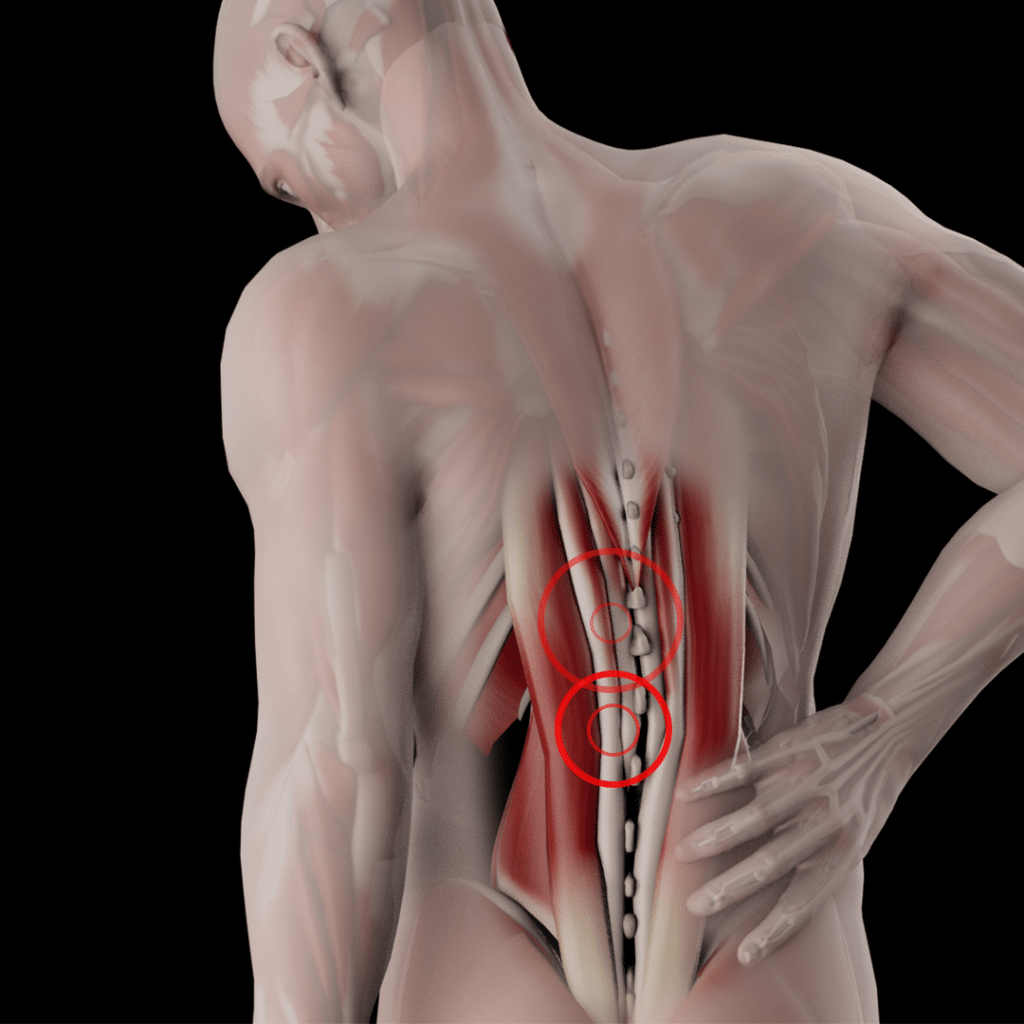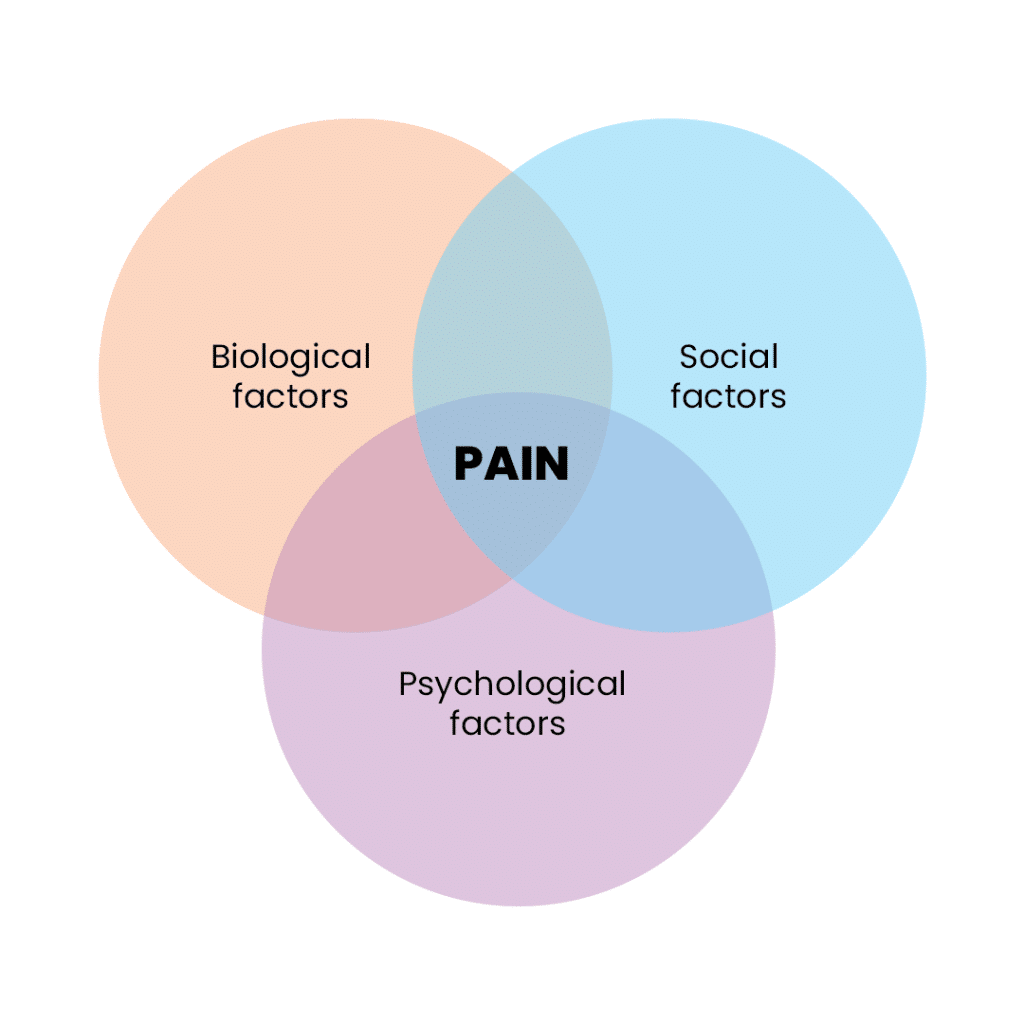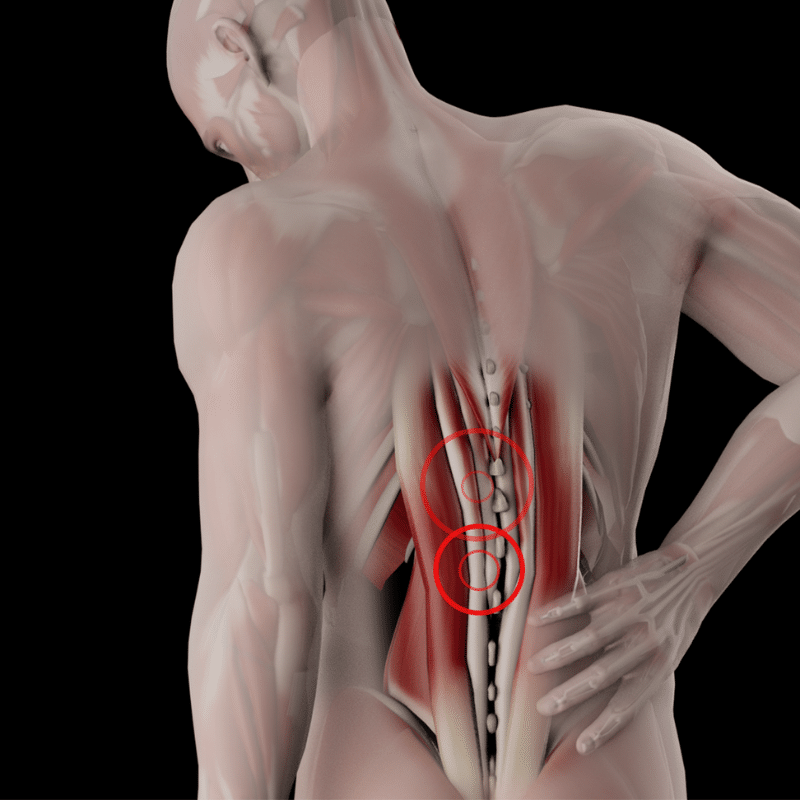Chronic low back pain (CLBP) is one of the most prevalent conditions affecting millions globally, significantly impacting life quality and overall well-being. In this Muscle and Motion article, we will explore exercise-based treatments for chronic low back pain, examining current research on their efficacy and discussing the inherent complexities of managing this condition. We will delve into various therapeutic exercises, supported by recent literature, that aim to reduce pain and enhance functionality.

Introduction
Chronic low back pain (CLBP) is one of the most common causes of pain and disability, affecting a large portion of the global population at some point in their lives. Studies typically suggest that about 60-80% of adults will sometimes experience low back pain. Chronic low back pain specifically is estimated to affect approximately 20% of adults.[1]
Definition: Chronic low back pain (CLBP) is defined as pain between the upper gluteal folds and the lower costal margins and persists for at least 12 weeks.[2] CLBP is responsible for approximately 80% of the direct costs associated with low back pain. In up to 90% of cases, clinicians cannot identify a specific cause, leading to a diagnosis of nonspecific CLBP.[3]
The complexity of exercise-based treatment
Back pain is one of the most studied subjects within the field of musculoskeletal disorders. The meta-analysis by Fernández-Rodríguez et al. (2022) evaluates exercise options for reducing pain and disability in adults with chronic low back pain (LBP).[4] It assesses the effectiveness of Pilates, strength training, core-based exercises, and mind-body exercises. The study finds that all these exercise types are beneficial, but the most effective programs are those that include:
- Strength or Pilates exercises at least once or twice per week.
- Exercise sessions shorter than 60 minutes for core-based, strength, or mind-body exercises.
- Pilates and core-based exercise programs lasting between 3 and 9 weeks.
These insights advocate well-structured and moderately timed exercise programs as particularly effective for managing chronic LBP. However, identifying the most beneficial specific exercises for improving back pain is challenging due to the complex nature of pain itself, which involves multiple factors.
Multifactorial causes of chronic non-specific low back pain
Chronic non-specific low back pain is a complex condition influenced by a myriad of factors spanning biological, neurological, psychological, and social domains. Understanding these diverse causes is essential for effective diagnosis and management. Chronic non-specific low back pain often persists without a clear pathological cause, making it a challenging condition for both patients and healthcare providers.
- Biological Factors: Include genetics, degenerate spine changes, being overweight or obese, smoking, and other chronic health conditions. Muscle weakness is also a factor. While it may be present in some individuals without causing pain, in others, it can contribute to symptoms. Additionally, changes in pain perception and the processing mechanisms within the central nervous system, such as central sensitization, can make the nervous system more reactive to pain signals and even non-painful stimuli.
- Psychological Factors: Emotional and cognitive states, including stress, depression, and anxiety, significantly affect CNSLBP, potentially exacerbating pain and functional disability.
- Social Factors: Elements like socioeconomic status, job satisfaction, and social support systems also play critical roles in the persistence and intensity of low back pain.

This condition’s multifaceted nature means that no single treatment is universally effective. Consequently, managing chronic non-specific low back pain often requires a comprehensive approach that combines physical therapy and exercise, psychological support, and lifestyle adjustments to manage pain and improve quality of life.
Why emphasize strength training?
As a physical therapist, I consistently emphasize to my patients that the most effective exercise for chronic lower back pain is one they find enjoyable and can sustain over the long term. It’s essential not to focus solely on pain as the primary indicator of exercise effectiveness. Research indicates that most forms of exercise can benefit those suffering from lower back pain.[4] Therefore, I advocate for exercises that alleviate pain, enhance functionality in daily activities, and provide additional health benefits.
A particularly effective approach I recommend is resistance training focused on the posterior chain muscles. This recommendation is not just anecdotal; it is supported by robust research.
In 2021, a systematic review specifically assessed posterior chain resistance training (PCRT) against general exercises and walking programs.[1] The results were quite promising: PCRT not only significantly reduced pain and improved mobility but also increased strength without increasing the risk of adverse events. This form of resistance training proves to be more effective in providing relief from chronic lower back pain compared to general exercises. For instance, exercises like deadlifts, which strengthen the lower back, glutes, and hamstrings, can significantly improve a person’s ability to perform everyday tasks such as lifting groceries or standing seated. Although further high-quality research is anticipated to refine these findings, the current evidence strongly supports including posterior chain resistance training in treatment plans for chronic lower back pain.
Examples of posterior chain resistance training exercises
In this section, I will outline a range of exercises that target the posterior chain muscles, progressing from simple to more advanced levels. You can adjust the intensity of each exercise by varying the weights, repetitions, and range of motion to suit your capabilities.
- Bird Dog: A low-impact, beginner-friendly exercise that enhances core and lower back stability. Begin on all fours, and alternately extend opposite arms and legs, keeping your back straight and core engaged to maintain balance.
- Barbell Hip Thrust: Sit on the ground with a bench behind you, roll a loaded barbell over your legs, and position it above your hips. Lean back against the bench so that your shoulder blades are near the top of it, and push your hips up, fully engaging your glutes at the top of the movement.
- Deadlifts: This highly functional exercise mimics the everyday action of lifting objects from the floor. To perform a deadlift, stand with your feet hip-width apart, bend at your hips and knees, and grasp the barbell or dumbbells. Keep your back straight and engage your lower back, glutes, and hamstrings as you lift the weight, standing up straight.
- Good Morning: This exercise begins with a barbell positioned across the shoulders and behind the neck. Stand with your feet shoulder-width apart and a slight bend in your knees. Hinge forward at the hips, lowering your torso until it’s nearly parallel to the floor, then return to the starting position. Unlike the deadlift, the good morning places a higher load on the erector spinae muscles due to the high placement of the bar on the upper back.
- Kettlebell Swing: This is a more advanced exercise requiring more dynamic movement. The swing targets all of the posterior chain muscles and the core muscles that stabilize the body during the movement. Stand with your feet wider than shoulder-width, holding a kettlebell with both hands. Bend your knees slightly, hinge at the hips to lower the body, and swing the kettlebell between your legs. Then, drive your hips forward, swinging the kettlebell to chest height. Allow the kettlebell to swing back between your legs.
- Roman Chair Back Extension: This exercise specifically targets the erector spinae muscles, which are crucial for spinal support and stability. The hamstrings and glutes mainly work as stabilizers depending on the amount of movement in the hips.
- Reverse Hip and Lumbar Extension: Using a hyperextension bench, lie face down with your legs straight. Lift your legs using your glutes and hamstrings, raising them to align with your torso, then lower them back down.
By progressively working through these exercises from the simplest to the most challenging, individuals can build strength effectively while minimizing the risk of aggravating chronic lower back pain.
In summary, chronic low back pain affects a significant portion of the adult population worldwide, leading to decreased quality of life and functional limitations. This Muscle and Motion article has explored the multifaceted causes of CLBP, which include biological, neurological, psychological, and social factors.
Effective management of CLBP requires a multifactorial approach that combines exercise, psychological support, and lifestyle adjustments. It also highlighted the benefits of exercise, particularly strength training and resistance training focused on the posterior chain muscles. These exercises alleviate pain and improve overall functionality and strength, which are crucial for daily activities.
*This article is for educational purposes only and should not intended to provide medical
Ever wondered what makes our anatomical animations so accurate and engaging? Click here to learn about our Quality Commitment and the experts behind our content.
At Muscle and Motion, we believe that knowledge is power, and understanding the ‘why’ behind any exercise is essential for your long-term success.
Let the Strength Training App help you achieve your goals! Sign up for free.
Reference:
- Tataryn, N., Simas, V., Catterall, T., Furness, J., & Keogh, J. W. L. (2021). Posterior-chain resistance training compared to general exercise and walking programmes for the treatment of chronic low back pain in the general population: A systematic review and meta-analysis. Sports Medicine – Open, 7(1).
- Chou, R. (2010). Low back pain (chronic). Clinical Evidence, 2010.
- Maher, C., Underwood, M., & Buchbinder, R. (2017). Non-specific low back pain. Lancet, 389(10070), 736–747.
- Fernández-Rodríguez, R., Álvarez-Bueno, C., Cavero-Redondo, I., Torres-Costoso, A., Pozuelo-Carrascosa, D. P., Reina-Gutiérrez, S., Pascual-Morena, C., & Martínez-Vizcaíno, V. (2022). Best exercise options for reducing pain and disability in adults with chronic low back pain: Pilates, strength, core-based, and mind-body. A network meta-analysis. The Journal of Orthopaedic and Sports Physical Therapy, 52(8), 505–521.


